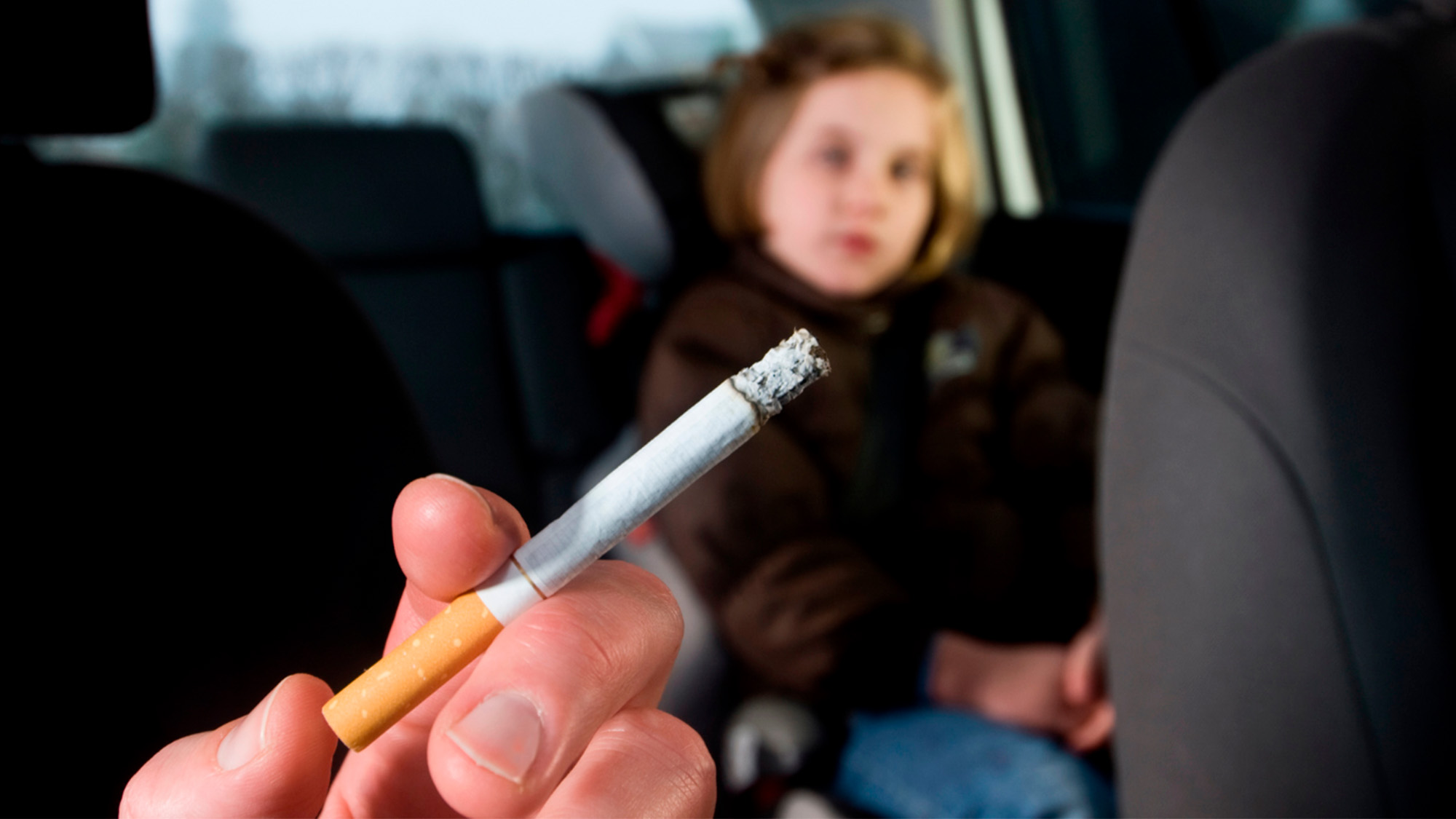A study led by Mariona Bustamente and Marta Cosin-Tomàs at the Barcelona Institute for Global Health (ISGlobal) has shown that the DNA of children exposed to tobacco at home tends to undergo epigenetic changes. This kind of changes do not modify the DNA sequence, but add ‘marks’ that modify its function.
Specifically, the research group has seen methylations, i.e. the introduction of methyl groups, in eleven regions of the genome that have been associated with exposure to both passive and active smoking. Some of the affected regions are linked to diseases such as cancer and asthma. These epigenetic changes could influence the onset of these and other diseases in adulthood.
The study was carried out in almost 2,700 children aged 7-10 in Spain, France, Greece, Lithuania, Norway, the Netherlands, the UK and Sweden, from the Pregnancy And Childhood Epigenetics (PACE) consortium. Through blood tests, the degree of methylation was studied and related to the presence of smokers in their household.
Although the influence of smoking during pregnancy has already been seen, this study confirms that passive smoking during childhood can lead to major problems in adulthood. This is because childhood exposure to tobacco can affect the risk of respiratory and cardiovascular diseases, as well as neurological development and immune function.
The research group therefore points to the importance of regulating children’s exposure to tobacco. An estimated 40% of children worldwide are exposed to passive smoking, making it a major public health problem.
Cosin-Tomas, M., Hoang, T., Qi, C., Monasso, G. S., Langdon, R., Kebede Merid, S., Calas, L., de Prado-Bert, P., Richmond, R., Jaddoe, V. V., Duijts, L., Wright, J., Annesi-Maesano, I., Grazuleviciene, R., Karachaliou, M., Koppelman, G. H., Melén, E., Gruzieva, O., Vrijheid, M., … Bustamante, M. (2025). Association of exposure to second-hand smoke during childhood with blood DNA methylation. Environment International, 195, 109204. https://doi.org/10.1016/j.envint.2024.109204






